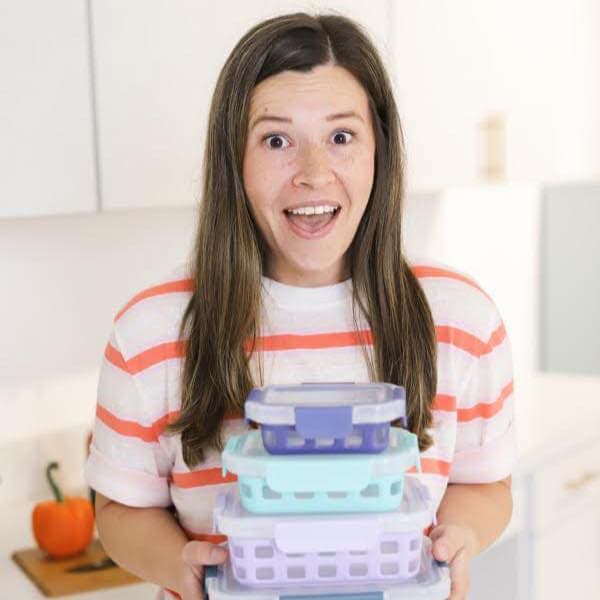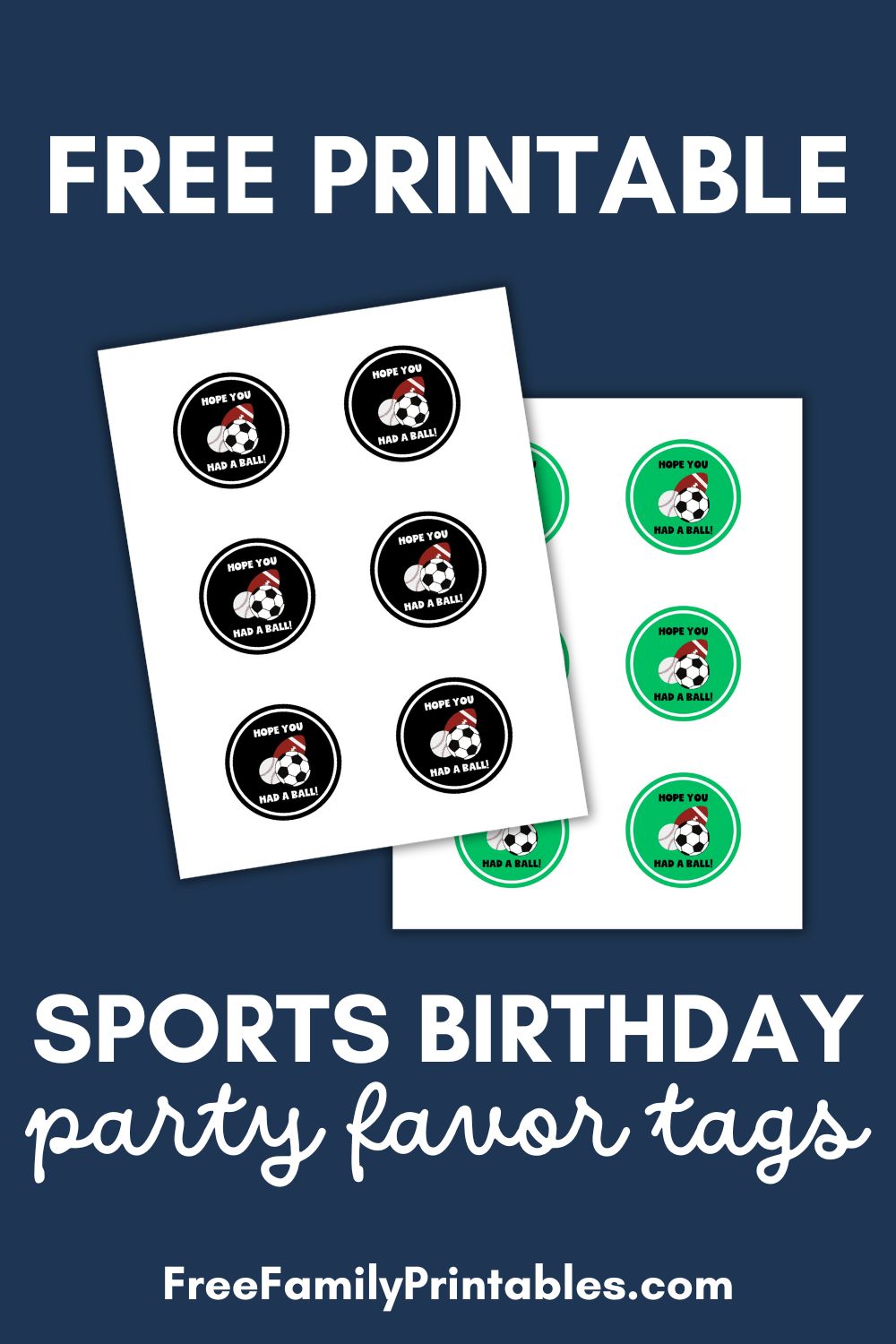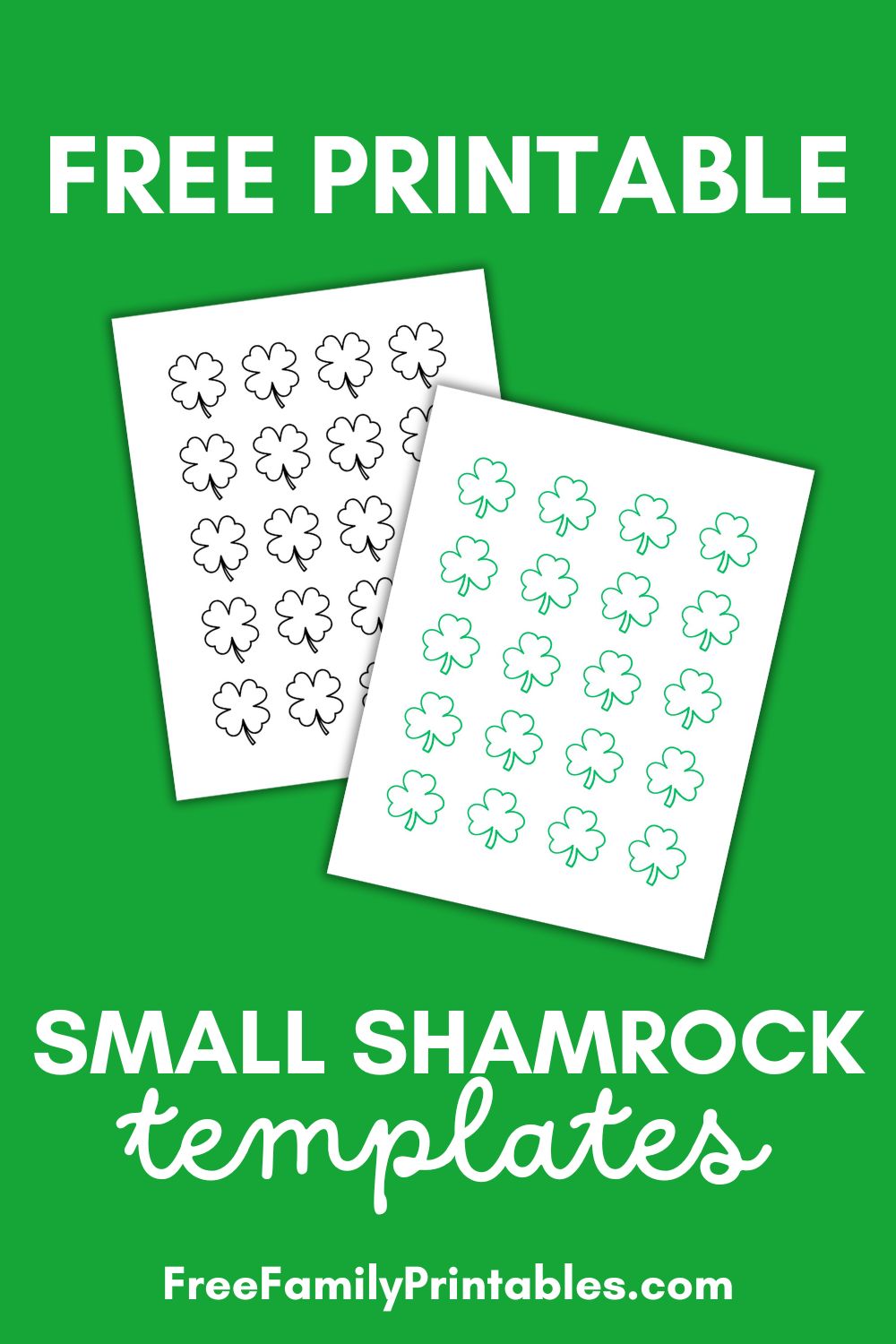Knowing how to preserve food is a skill that everyone should learn. It not only allows you to keep harvest from your own garden for later, but it also gives you a way to prepare for an emergency such as the food shortages of 2020.
For home gardeners, learning how to preserve food is almost a must-do. Otherwise, you could find yourself with a harvest that is far more than your family can reasonably use before it spoils.

Preserving food can also be important for saving money! We utilize leftovers in our meal plan all the time, so it’s good to know how to keep food fresh and safe so no one gets sick.
When you know the proper ways to preserve and store food, you can also take advantage of buying things in bulk to save money.
But proper preservation must be done correctly. If it is not, you run the risk of making your family sick or worse.
What Ways Can Food Be Preserved?
There are several ways to preserve food. Food can be smoked, frozen, canned, dehydrated, salted, and more, all to keep it from spoiling. Each one can produce safely preserved food that your family can eat with confidence. Each method will have its own safety needs, but there are a few general food preservation safety tips that you will want to follow.
See also: How to Prevent Freezer Burn

How Can Preserved Food Make You Sick?
Food spoils for three reasons; unhealthy bacteria, oxygen or air exposure, and moisture. When these things are removed or lowered to safe levels, the food then becomes shelf-stable. The basics of food preservation – no matter which method you use, removes these things. Some do a combo of both, while others rely on removing only one of these outside factors to ensure the food is safe to be shelf-stable. Light, while it will not cause your preserved food to spoil, it can cause the shelf life to be significantly shortened.
When your food is exposed to the conditions that cause spoilage, it carries with it the risk of exposure to nasty toxins such as mold and botulism. Both can make be fatal if you are not careful. The risk is small, but it is a risk nonetheless, and as such, you should always follow the tips below to do your best to prevent these toxins from being able to form.
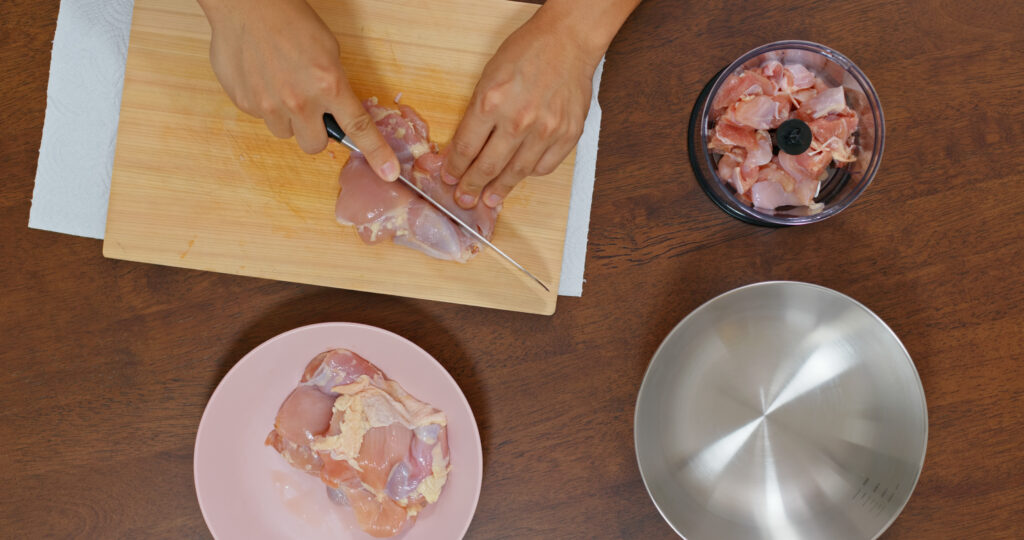
Always Use the Proper Preservation Method
Not all foods can be preserved using all methods. Some will only be suited for one or two. Tomatoes, for instance, are best preserved by canning or dehydrating only. They can be frozen, but typically only in sauce or paste forms. Choosing the correct preservation method is essential. If you attempt to use a technique that will not work for the food you’ve chosen, you risk a final product that is not safe for consumption.
Always Use the Proper Equipment
While processing methods such as salting will not require too much special equipment, other methods such as smoking or canning have their own equipment. Without the proper equipment, your food may not reach the proper temperature or achieve other necessary conditions for safe preservation.
Here are the bare minimum items you will need for a few of the more common methods of preserving food. Most will have other things that make your sessions safer or easier to accomplish.

- Pressure Canning: Pressure Canner, bubble popper, canning jars, lids, and rings
- Boiling Water Canning: Large pot with a well-fitting lid, canning rack, bubble popper, canning jars, lids, and rings
- Smoking: Smoker and wood chips
- Freezing: Vacuum sealer with vacuum seal bags
- Dehydrating: Food dehydrator, vacuum sealer, and vacuum seal bags
Always Process at the Proper Time
No matter which method you choose to preserve your food with, it will almost always have a recommended time necessary for safety. Even freezing often requires cooking ahead of time. Sometimes these instructions are given to retain taste and texture. Other times they are provided for safety. Since you typically will not know which is which, it is best to follow these instructions anytime they are given.
Use the Freshest Food Possible
Often, you will see recommendations that tell you to remove damaged, bruised, or even slightly wilted foods before preserving them. The reasoning behind this is that those damaged foods have often already begun to spoil. While this does not mean you must toss the entire piece, it does mean you should attempt to remove any bad parts of the food. In some cases, this may mean throwing the whole thing out. In other cases, you may be able to cut around the bad parts to save some of the pieces while removing the bad portions.

Be Sure to Follow Updated Preservation Rules
“But Grandma did it this way” is a common theme among home preservers. While that may be true, Grandma did not have access to the exact science we do. Because of this updated scientific research, we now know older preservation methods may not always be safe. While you may be tempted to use out-of-date preservation methods, it is always best to err on the side of caution in the interest of safety. The new research is available for a reason, and as such, you should always use it.
Store Your Preserved Food Correctly
Safe food preservation does not stop at the actual processing method. The way it is stored also plays a pretty significant part. Excessive light and heat can also cause early spoilage no matter which preservation method you used. To prevent this, keeping your preserved food in a cool, dark place is almost always recommended. For some, this will be as simple as storing them in a dry basement. For others, the best storage option will be a closet or pantry. You know your home best, so choose a cool, dark, and as dry location as possible.
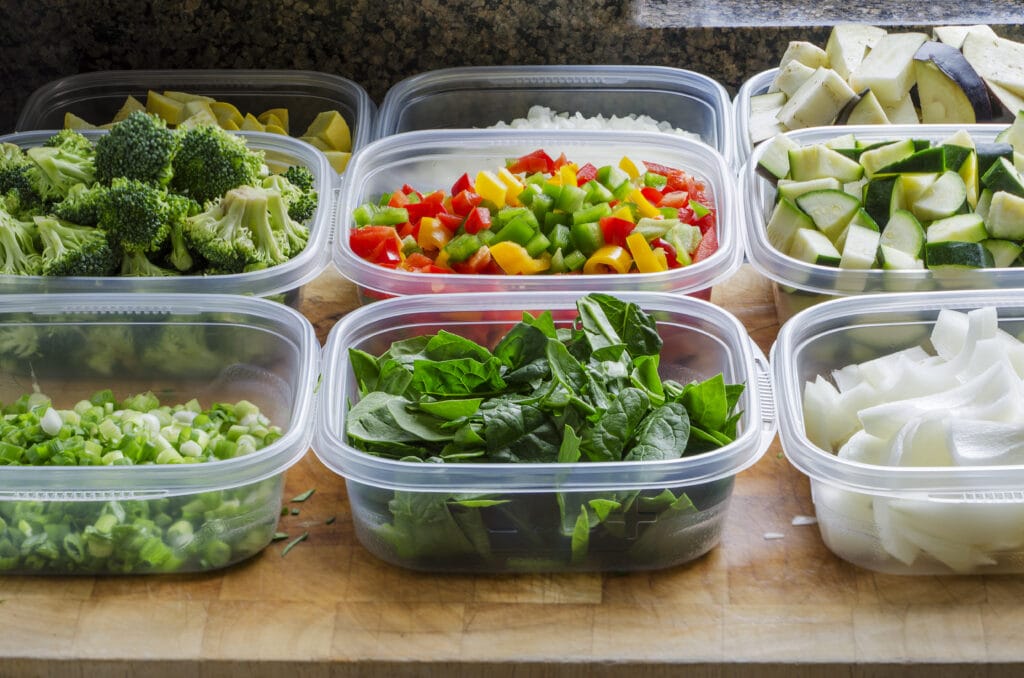
Having preserved food on hand is a custom that dates back hundreds of years. By learning how to preserve food on your own, you are helping to carry these traditions into the modern world. However, no one wants to bring an unsafe practice to current generations. By using these safety tips and taking food preservation safety very seriously, you ensure your family has nutritious food on the shelves and that they will be entirely safe to eat it. That is, after all, the main goal of learning how to preserve food without making someone sick.

